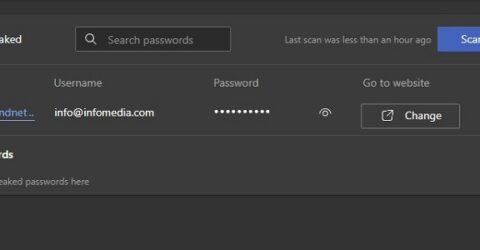How to choose an antivirus package
When it’s time to choose an antivirus package, there’s a lot to consider

It’s easy to overlook or ignore the threats circulating in cyberspace, especially if you’re not technically literate.
Yet the internet is a truly dangerous place, even if you avoid venturing onto the Dark Web.
Over half a million new pieces of malware (malicious software) are detected in cyberspace every single day.
Newly launched malware is routinely used to conduct zero-day attacks – so called because antivirus software has had less than 24 hours to learn about it and protect devices against it.
These malicious programs are often surprisingly discreet.
Almost 60 per cent of malware takes the form of Trojans – software which buries itself away in a computer’s files and folders, stealthily infecting it or silently harvesting sensitive data.
Entire industries have emerged, with Cybercrime as a Service (CaaS) gangs outsourcing fraud and theft by using cutting-edge hardware, software and industry knowledge.
As such, it’s essential to protect home and office computers alike against online threats.
Here’s what you need to know when it’s time to choose an antivirus package for a newly acquired (or newly unprotected) PC or Mac.
Mal-evolence
Despite their name, antivirus packages protect devices against the wider threats of malware.
Viruses comprise one of the main malware categories, alongside ransomware, phishing, worms, spyware, adware and cryptojacking.
(The latter involves remotely hijacking a computer’s CPU and GPU to mine cryptocurrencies as part of a wider network of enslaved PCs, slowing individual devices to a crawl).
Because threats could come from anywhere, an antivirus package will scan incoming web traffic alongside email attachments, websites, cookies and even external devices like USB sticks.
They will usually ask permission to update automatically. Approving this request is vital to ward off zero-day threats, evolving variants of existing malware or long-standing threats.
Peripheral issues
The manufacturers of antivirus software often advertise their packages with promises of whole-home protection, or coverage for smartphones and other digital devices.
In truth, this is rarely needed.
Providing you stay within the gated communities of your Android or iOS app stores, smartphone-related malware is unlikely to pose an issue.
Peripherals such as printers have little memory, and the various proprietary operating systems (OS) installed onto them makes it economically unviable for hackers to target each one.
Nor do you need to protect every computer to the same extent. Chromebooks run a Linux-derived operating system akin to Android, with little scope for malware to embed itself.
Although Linux-specific malware has emerged, limited consumer adoption and the diversity of competing Linux distros has generally made it uneconomic as a target.
Hackers and cybercriminals have always focused on Windows – still the dominant desktop computer OS, used by companies and individuals across the planet.
So what should I look for?
These are some of the key things to consider when it’s time to choose an antivirus package…






